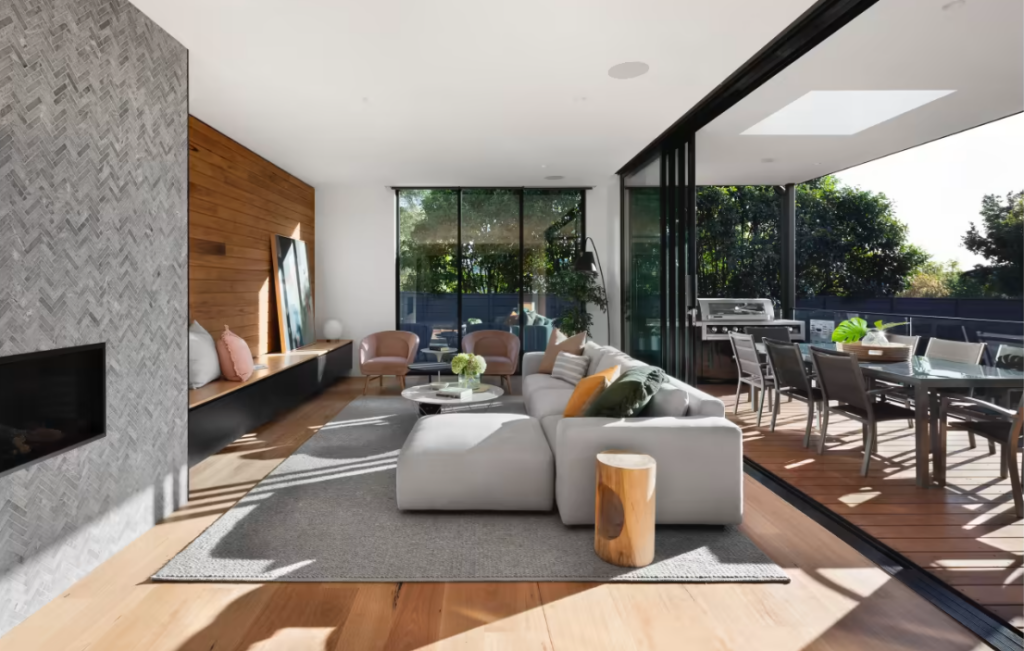Home renovation, a concept often seen as daunting and complex, is an intricate journey that encapsulates the transformation of a mere idea into tangible reality.
It entails meticulous planning, design innovation, strategic execution and a profound attention to detail. This process not only requires technical expertise but also demands aesthetic sensibility for creating spaces that are both functional and visually appealing.
The initial stages encompass the development of a comprehensive plan and innovative design strategies, while the subsequent phase involves construction and application of final touches; ultimately culminating in a rejuvenated living space.
This article provides an in-depth exploration into the diverse phases involved in home renovation – from its inception to fruition. It intends to demystify the complexities inherent in this path by taking readers through each step with precision and clarity.
Engaging with this narrative will not only equip individuals with essential knowledge but also imbue them with confidence should they embark on their own home renovation journey – an undertaking which can resultantly instill a sense of belonging within their reimagined dwellings.
Initial Planning and Design Stages
The initial planning and design stages, marked by careful contemplation of the project’s scope, meticulous selection of materials, and thoughtful consideration of architectural aesthetics, lay the groundwork for a successful home renovation journey.
It is during this phase that feasible plans are drawn up to match envisioned ideas with realistic expectations. A well-structured plan becomes an imperative guide that oversees all subsequent stages; it not only outlines the overall structure and layout but also provides a comprehensive list of required resources.
The design stage entails a detailed mapping out of each room’s function, size, and relation to other areas in the house. This precise process takes into account factors such as available space, household needs, style preferences, and budgetary constraints.
This early investment in thorough planning pays off by ensuring seamless transitions between different phases of the renovation journey. As part of the planning process, material selection constitutes another crucial component that can significantly influence both aesthetic appeal and functional durability. Careful choice of materials also impacts cost effectiveness over time as quality products often lower maintenance costs while enhancing property value.
Additionally, architecturally coherent designs promote a sense of harmony within living spaces; they unite diverse elements into cohesive interiors that resonate with inhabitants’ lifestyles and tastes. Thus through these initial steps – defining project parameters carefully selecting materials based on functionality aesthetics and cost implications followed by creating visually pleasing harmonious designs – homeowners set their foot forward towards transforming their existing residence into an ideal sanctuary tailored to their needs desires aspirations.
Construction and Final Touches
Intricate craftsmanship and meticulous attention to detail become increasingly evident as construction progresses, culminating in the application of final touches that transform a mere structure into a personalized living space.
The journey from bare foundations to completed house involves numerous technical processes such as framing, electrical wiring, plumbing installation, insulation and drywalling. These elements are all crucial in ensuring that the home is structurally sound, energy efficient and functional.
Sophisticated systems for heating, ventilation and air conditioning (HVAC) are integrated during this stage along with any renewable energy solutions like solar panels or geothermal heat pumps to provide comfort while minimizing environmental impact.
The process then shifts towards creating an aesthetically pleasing environment reflective of personal taste through interior design choices. This encompasses everything from choosing paint colours and flooring materials to selecting fixtures and fittings for kitchens and bathrooms.
Final touches may also entail landscaping the yard or installing smart home technology systems for enhanced convenience and security.
Each decision contributes significantly towards making the house feel like a home by imbuing it with individual character while promoting a sense of belonging among its inhabitants. Thus, every step taken from concept to completion weaves together both tangible construction aspects and intangible desires into creating a uniquely tailored living space.


